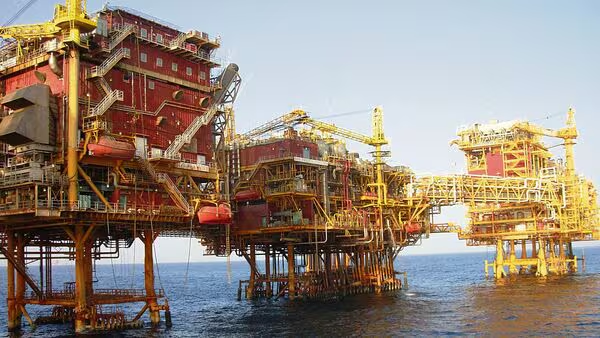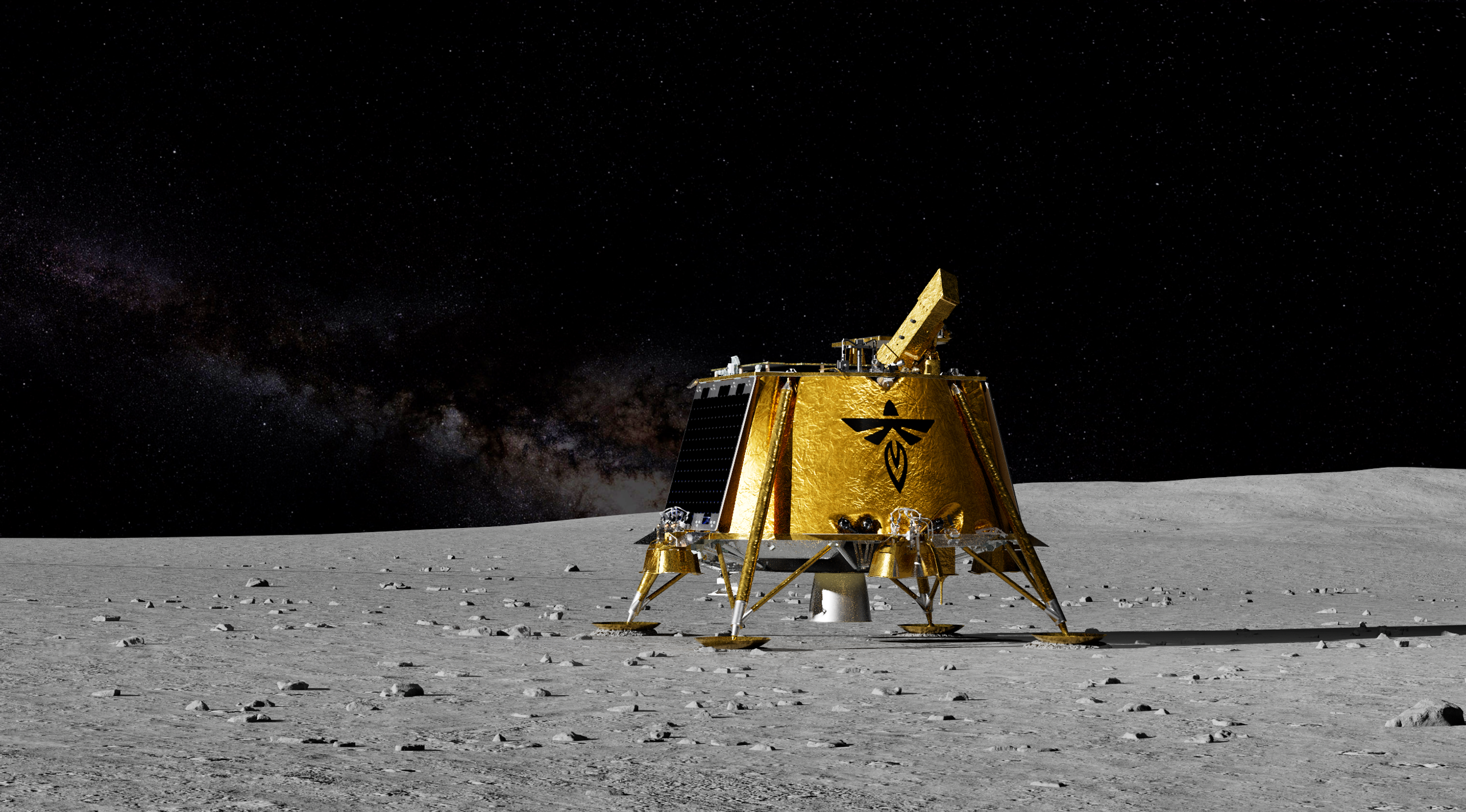- Courses
- GS Full Course 1 Year
- GS Full Course 2 Year
- GS Full Course 3 Year
- GS Full Course Till Selection
- CSAT
- 5 LAYERED ARJUNA Mentorship
- Public Administration Optional
- Online Program
- GS Recorded Course
- NCERT Batch
- Polity Module Course
- Geography Module Course
- Economy Module Course
- AMAC Module Course
- Modern India, Post Independence & World History Module Course
- Environment Module Course
- Governance Module Course
- Science & Tech. Module Course
- International Relations and Internal Security Module Course
- Disaster Management Module Course
- Ethics Module Course
- Essay Module Course
- Current Affairs Module Course
- ABOUT US
- OUR TOPPERS
- TEST SERIES
- FREE STUDY MATERIAL
- VIDEOS
- CONTACT US
PLACES IN NEWS 24th APRIL 2025
PLACES IN NEWS 24th APRIL 2025
24-04-2025

Poás volcano
Why in news?
a. Costa Rica’s popular tourist destination, the Poás volcano, recently erupted, drawing attention due to its sudden and dramatic activity.
About Poás volcano:
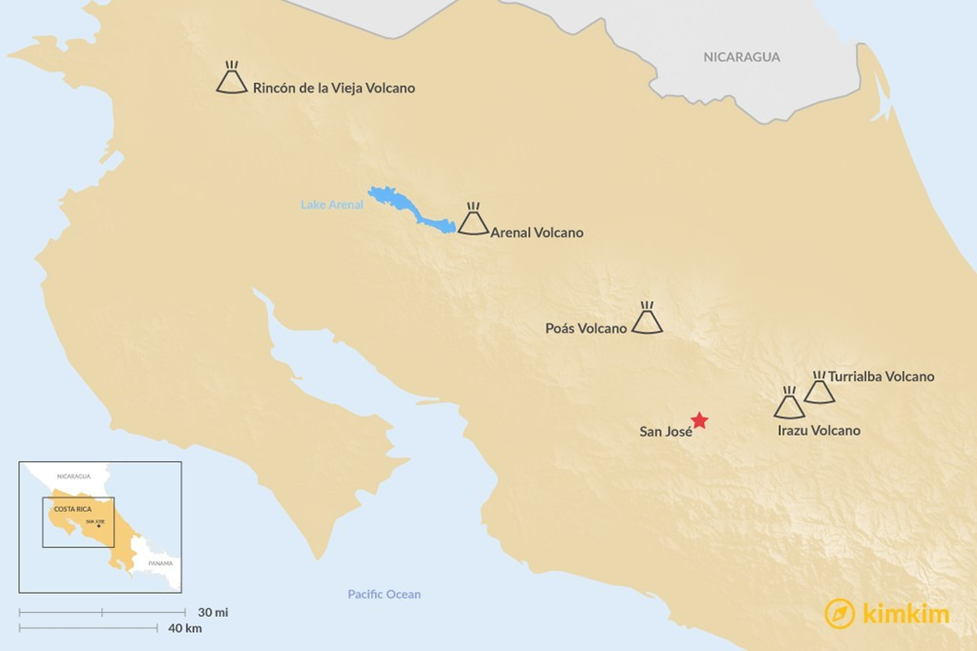
- Geography and Location:
- The Poás Volcano, one of Costa Rica’s most active volcanoes, is situated within the Poás Volcano National Park.
- It is a composite stratovolcano with an irregular complex structure and a basal area of approximately 400 sq. km.
- The volcano rises to 2,708 metres above sea level and consists of multiple eruptive centres with large collapse craters.
- Its main crater, measuring 1.5 km wide and 300 meters deep, is among the
largest active craters in the world.
- Reason Behind the Eruption:
- The Poás Volcano has seen increased volcanic activity since 1989, with a notable rise in gas emissions leading to acid rain, which has adversely affected local flora and agricultural plantations.
- Throughout 2024, the drying of its crater lake has intensified, causing
ash-producing eruptions, increased gas release, and small rock explosions.
-
- These changes are likely linked to shifts in geothermal pressure and internal magmatic movements, making the volcano an ongoing hazard.
- These changes are likely linked to shifts in geothermal pressure and internal magmatic movements, making the volcano an ongoing hazard.
Bamiyan Buddhas
Why in news?
a. Once destroyers of the Bamiyan Buddhas, the Taliban now claim to protect Afghanistan’s heritage sites, signalling a policy shift.
About Bamiyan Buddhas:
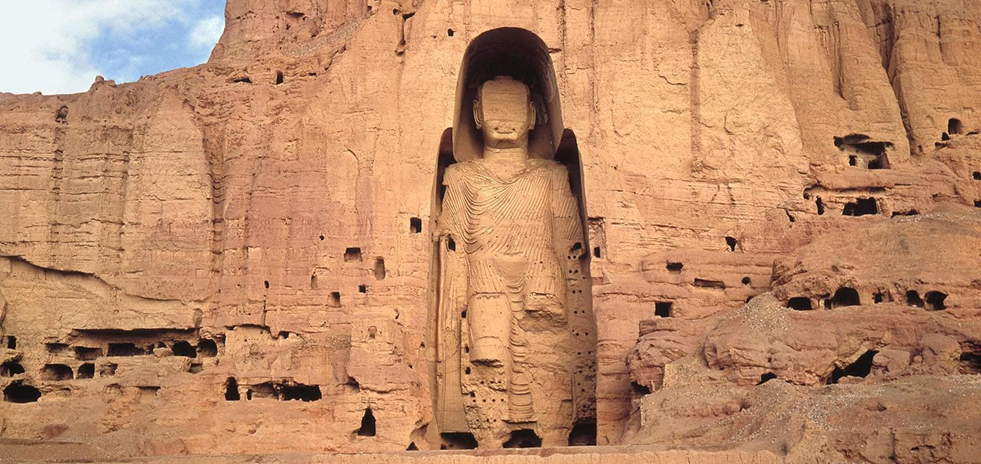
- Location:
- The Bamiyan Buddhas were two monumental 6th-century CE statues carved into the sandstone cliffs of the Bamiyan Valley.
- They are located about 130 km northwest of Kabul at an elevation of 2,500 metres. Named Salsal (“light shines through the universe”) and Shamama (“Queen Mother”), they stood at 55 metres and 38 metres, respectively.
-
- These statues were among the tallest standing Buddhas in the world and are considered masterpieces of the Gandhara School of Buddhist Art, which blended Indian, Persian, and Greco-Roman influences.
- Historical and Cultural Significance:
- The Buddhas reflected a remarkable fusion of Gupta, Sassanian, and Hellenistic styles, symbolising the spread of Mahayana Buddhism through Central and South Asia along the Silk Road.
- Carved directly into the cliffs, their bodies were made of stone, while finer features like arms and facial details were crafted from mud-straw mixtures and painted stucco.
- Surrounding them were decorated cave complexes, once housing monks and pilgrims.
- From the 2nd century CE until the 8th century, Bamiyan was a thriving Buddhist centre under the Kushan Empire, retaining importance until Islamic conquests.
- Remarkably, the statues survived centuries of invasions—including those by Genghis Khan and Aurangzeb—until March 2001, when the Taliban destroyed them using explosives, claiming they were un-Islamic. This act was globally condemned as cultural vandalism.
- In 2003, UNESCO designated Bamiyan Valley as a World Heritage Site, and in 2021, a 3D projection of Salsal brought the lost statue to life, symbolising resilience and remembrance.
Jwaneng
Why in news?
a. Jwaneng, Africa’s richest diamond mine, sits atop a volcano in Botswana, holding a billion-dollar underground treasure of gemstones.
About Jwaneng:
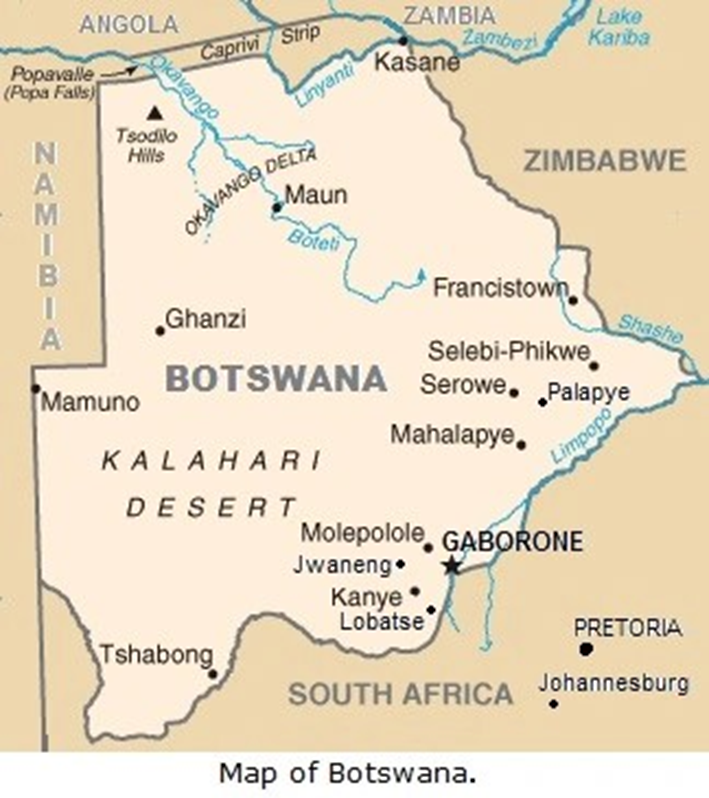
- Geography and Location:
- The Jwaneng Diamond Mine, often referred to as the "Prince of Mines," is located in Botswana, about 170 km southwest of the capital, Gaborone.
- The name "Jwaneng" comes from Setswana, meaning "a place of gems."
- Positioned on the edge of the Kalahari Desert, it sits within an ancient volcanic crater.
- The mine is operated by Debswana, a 50-50 joint venture between De Beers and the Government of Botswana.
- Natural Resources and Potential:
- Jwaneng is the richest diamond mine in the world by value, producing 13.3 million carats in 2023 alone.
- Since its inception in 1982, it has generated over $96 billion in revenue, contributing significantly to Botswana’s transformation into a middle-income country.
-
- The mine is central to Botswana's economy, accounting for up to 70% of Debswana’s earnings and funding national development in education, health, and infrastructure.
- Formation of Resources:
- Jwaneng lies atop a kimberlite pipe, a rare volcanic formation that transports diamonds from the Earth’s mantle to the surface during ancient volcanic eruptions.
- This deep-origin volcanic activity, millions of years ago, created vertical geological structures rich in diamond-bearing rocks.
- The mine features three main kimberlite pipes, which are the primary sources of its vast diamond deposits.
- Technological and Environmental Practices:
- Mining at Jwaneng employs cutting-edge technology, including X-ray and laser sorting systems.
- It was the first mine in Botswana to receive ISO 14001 certification for environmental management.
- Projects like “Cut-9” and a new underground expansion ensure the mine’s future till at least 2035, with potential outputs of over 53 million additional carats and continued economic impact.
Mehrgarh
Why in news?
a. The dating of Mehrgarh, previously believed to be 8000 BCE, has now been revised to 5200 BCE, redefining South Asia’s farming history.
About Mehrgarh:

- Location and History:
- Mehrgarh is a significant Neolithic archaeological site located on the Kacchi Plain in Balochistan, Pakistan.
- Situated near the Bolan Pass, it lies between the modern cities of Quetta, Kalat, and Sibi.
- Discovered in 1974 by French archaeologists Jean-François Jarrige and Catherine Jarrige, Mehrgarh has been central in understanding early farming and herding practices in South Asia.
- Historically, Mehrgarh has long been regarded as one of the earliest sites to show evidence of farming, the domestication of animals, and pottery.
- It dates back to around 7000 BCE, with some of the earliest settlements located in the northeast corner of the site.
- These findings have linked Mehrgarh to the larger Neolithic Revolution that spread from the Fertile Crescent into South Asia.
- The site was once thought to represent an independent development of agriculture, distinct from the influence of the Near East.
- However, new evidence from radiocarbon dating has shifted this understanding.
- Recent Study on Mehrgarh:
- A recent breakthrough in 2025 revealed a revised dating of Mehrgarh, adjusting its origins from 8000 BCE to 5200 BCE.
-
- The study, led by Benjamin Mutin from Sorbonne University, found that the site was not as early or independent in its agricultural development as previously thought.
- Instead, the practices at Mehrgarh are now believed to have arrived later and through diffusion from regions like Iran and Central Asia, challenging earlier assumptions of local innovation. This new discovery reshapes the timeline for the Indus Valley Civilisation and its agricultural roots.
- The research also found that the inhabitants of Mehrgarh had already adopted a fully developed farming lifestyle, using domesticated plants and animals from West Asia.
- The Neolithic cemetery at Mehrgarh, previously thought to span several millennia, is now understood to have existed for a much shorter time, likely no more than 500 years.
- This rapid cultural change challenges earlier assumptions about the pace of settlement and agricultural development.
- Mehrgarh’s role in the Indus Valley Civilisation narrative remains significant. Its material culture, such as mudbrick architecture and beadwork, continues to be linked with the Indus Valley Civilisation.
- The revised dating also suggests that the practice of pottery at Mehrgarh began later than previously believed, emerging only after 4650 BCE, further distinguishing it from contemporaneous Mesopotamian and Iranian sites.
Arun-3 Hydro Electric Project
Why in news?
- India and Nepal's Energy Ministers visited SJVN's 900 MW Arun-3 Hydro Electric Project, strengthening bilateral energy cooperation and infrastructure.
About Arun-3 Hydro Electric Project:

- The Arun-3 Hydro Electric Project is a major hydropower initiative being developed on the Arun River in Sankhuwasabha District, Koshi Province, Nepal.
- With a capacity of 900 MW, it is set to be one of South Asia's largest hydropower plants upon completion.
- The project is being executed by SJVN Arun III Power Development Company Pvt. Ltd., a wholly-owned subsidiary of SJVN Ltd.
- The total estimated cost of the project is $1.6 billion, including $156 million for the transmission line infrastructure.
- The project is designed to generate approximately 4,018.87 million units of electricity annually, which will play a pivotal role in meeting the energy needs of both Nepal and India.
- 21.9% of the generated power will be provided to Nepal free of charge for the first 30 years of operation, after which ownership will be transferred to the Nepal government.
- The construction is expected to create over 3,000 jobs in both Nepal and India.
|
Also Read |
|
UPSC Foundation Course |
|
| UPSC Monthly Magazine | CSAT Foundation Course |


